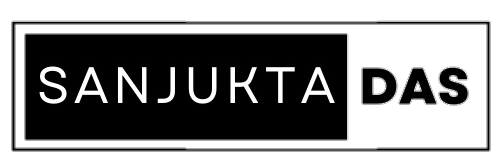Professional body language encompasses the non-verbal signals that communicate confidence, competence, and professionalism in any workplace. These signals include posture, eye contact, facial expressions, gestures, and personal space. Mastering these elements can significantly impact how we are perceived by colleagues, clients, and superiors, and can enhance our overall effectiveness in professional settings. A professional body posture plays a significant role in conveying confidence, competence, and approachability in various settings, from job interviews to daily work interactions.
In the dynamic world of professional interactions, effective communication transcends words. Our body language and gestures play a crucial role in how our message is received and perceived. Mastering these non-verbal cues can significantly enhance our professional presence, build stronger relationships, and convey confidence and credibility.
The Power of Professional Body Language
Posture plays a pivotal role.
Standing Tall always makes us look confident. Our posture is the foundation of our body language. Standing or sitting with a straight back, shoulders relaxed, and head held high exudes confidence and professionalism. We need to avoid slouching or crossing our arms, as these can signal disengagement or defensiveness. Body posture is one of the first things people notice.
A good posture helps create a positive impression. An upright posture with shoulders back exudes confidence and authority, making us appear more trustworthy and capable.
Eye Contact:
We have all heard that eye contact is the Window to Connection. Professional eye contact is maintaining steady, respectful, and attentive eye contact during interactions to convey confidence, engagement, and sincerity. Maintaining appropriate eye contact shows that we are engaged and attentive. It fosters trust and respect. However, we need to be mindful not to overdo it, as prolonged staring can make others uncomfortable. We need to aim for a balance, looking away occasionally to maintain a natural flow. too much eye contact can be perceived as aggressive, while too little may come across as disinterest or insecurity. By mastering the art of professional eye contact, we let our face speak the language of confidence and respect, enhancing our overall communication and professional presence. Maintaining steady, respectful eye contact during conversations shows that we are fully present and attentive, signaling to others that we value their input and are genuinely interested in the dialogue. It helps build trust and rapport, making interactions more meaningful and productive.
















Wow, thank you for this manual on effective communication. It included what to do to improve how you are perceived, and how to do it. Very helpful read! Thank you.
Wow, thank you for this manual on effective communication. It included what to do to improve how you are perceived, and how to do it. Very helpful read! Thank you.